
I would like to thank Richard Milbank at Head of Zeus for suggesting the idea for this book and Mark Hawkins-Dady for his work in editing and helping to transform it into its final form. I thank my agent, Andrew Lownie, too for his support.
The staff at the various archive s consulted have been unfailingly helpful, for which I thank them. In particular, I thank the staff at the British Library and the National Archives at Kew for their assistance. Particular thanks must also go to the Drapers Company of London, for permitting me access to the archives in Drapers Hall, and also to St Bartholomews Hospital in London for allowing me to use their archives. The staff at the London Metropolitan Archives, the London Guildhall Library, the Westminster Abbey Muniment Room and the other archives consulted were also very knowledgeable and enthusiastic about the project.
Finally, I could not have written The Lives of Tudor Women without the support and encouragement of my husband David and my sons, Dominic and Barnaby.
Elizabeth Norton
BY THE SAME AUTHOR
The Temptation of Elizabeth Tudor
For David, Dominic and Barnaby
THE HIDDEN LIVES OF
TUDOR WOMEN
 A SOCIAL HISTORY
A SOCIAL HISTORY 
ELIZABETH NORTON

T his is a biography. It looks at the life of a woman, who was born in 1485 and died in 1603. She was a princess, a queen, a noblewoman, a merchants wife, a servant, a rebel, a Protestant and a Catholic. She was wealthy, she was poor. She married once, twice, thrice and not at all. She died in childbirth, she died on a burning pyre, she died at home in her bed. She spent most of her life in the house, and she left home when young and did remarkable things. She changed England and was celebrated forever, and she was forgotten, a mere footnote. She was all these things and more. She was Tudor woman, and this is her story.

The ruling Tudor dynasty was bookended by two princesses named Elizabeth Tudor the one born in 1492, whose brief years passed into obscurity, and the other who dominated her era and brought the dynasty to its close with her death in old age, in 1603. Their lives are the full-stops between which countless lives of other Tudor women were lived.
This book is a collective biography, sampling, to different extents, the diverse lives enjoyed or endured by women living in Tudor England, and together constituting a multifaceted impression of female humanity of the period: a Tudor Everywoman. It is a concept contemporaries would have been familiar with after all, it was the early Tudor period that produced the allegorical play The Summoning of Everyman.
To the people of fifteenth- and sixteenth-century England, life could be divided into phases the Seven Ages of Man, articulated most famously by Shakespeare, in As You Like It, as infant, schoolboy, lover, soldier, the justice of the peace, the ageing retiree and, finally, the infirm elder. From the female perspective, those Ages could never apply in quite the same way, in an era when women were largely denied any official, public role; but even where the Ages differ, there are yet analogies.
If, at birth, our Tudor Everywoman was a princess named Elizabeth, and at death a queen named Elizabeth, in between she was among many other people a daughter named Anne Boleyn, a servant girl-turned-prophetess named Elizabeth Barton, a businesswoman named Katherine Fenkyll, a widow named Cecily Burbage, a rebel named Margaret Cheyne, a heretic named Anne Askew, and an expatriate of advanced years named Jane Dormer. These particular names have lived on in the history books, and they provide major nodes in a network whose minor, but no less illustrative, points comprise much of what follows: the poor wool-spinners of East Anglia, the witches of Surrey and the female apprentices of Bristol; the women who taught and those who fostered learning; the women who vowed to remain chaste and the women who made a living from sex; the women who kept their communities morally upstanding and the women who were driven to slander, thievery and murder; the women whose horizons seemed sunlit, and those whose lives ended in despair, in a noose tied by their own hands.
For some, the experience of Tudor womanhood ended very early as it did for the first Elizabeth Tudor and for the unfortunate, illegitimate Mary Cheese: she, like a number of other newborn girls, found no welcome in an unsentimental world. For those that survived infancy, there was the stuff of girlhood and play, a variable education (according to social class and geography), and perhaps some temporary employment or domestic service before marriage and (for many) motherhood. With marriage, employment, in any modem sense of carrying out a paid or public role outside the home, was usually over. But other women remained unmarried, and ran independent businesses as a femme sole or continued in a career. Some ended up on the wrong side of the law, others were entirely law abiding and a few spent a good while inside the law, embroiled in suits and counter-suits
Women were not isolated from the turbulence around them, as a contested Reformation gathered pace in England, its catalyst being Henry VIIIs desire for a divorce. Some women saw the light or saw their own particular light and in an age where public toleration of diverse opinions over religion or kingship was anathema, there were consequences for women who spoke out. Women could not be soldiers one of Shakespeares middle ages and neither could they, with the unusual exception of two ruling queens, dispense justice by holding any public office. But a surprising number of women were highly political, deliberately or implicitly whether they were motivated by desire for power, devotion to their faith, support for their family, or the myriad of other reasons that could draw them away from the home.
The final two of the Seven Ages saw the descent into old age for women who had escaped the hazards of childbirth and the risks of disease, accident or execution. For those who did get that far, the final years presented new challenges and great contrasts. Alice Taylor, an aged and impotent wench of Ipswich, spent her last years very differently to Elizabeth I in the 1590s, who by this time had reached her summit as Gloriana. But as both of them looked around, they would have seen more women of their own age than men. With their greater longevity, many more women than men saw out all of the Seven Ages.
It is perhaps fitting, therefore, that the Tudor era itself reached the end of its Seventh Age in the last breaths of one of its most adept, extraordinary women.
Elizabeth Norton
THE HIDDEN LIVES OF TUDOR WOMEN
Pegasus Books Ltd
148 West 37th Street, 13th Floor
New York, NY 10018
Copyright 2017 by Elizabeth Norton
First Pegasus Books hardcover edition July 2017
All rights reserved. No part of this book may be reproduced in whole or
in part without written permission from the publisher, except by reviewers who
may quote brief excerpts in connection with a review in a newspaper, magazine,
Next page
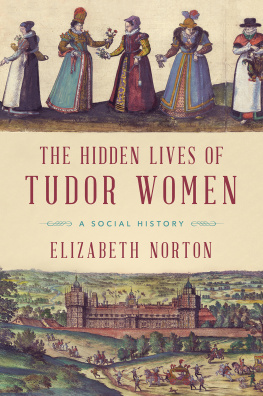
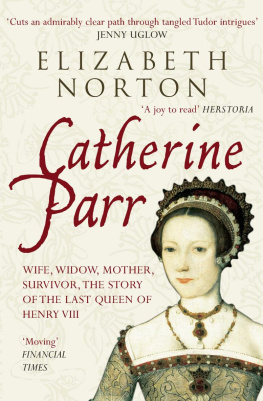

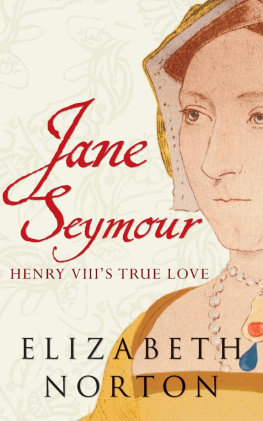




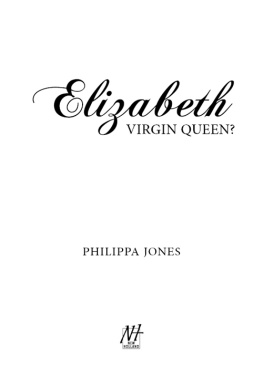
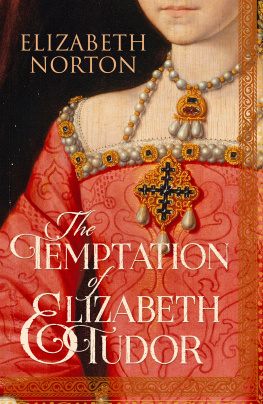
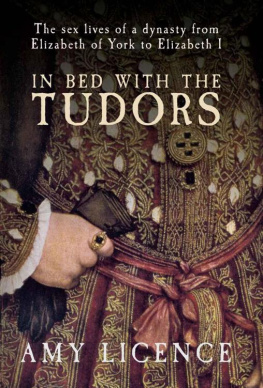
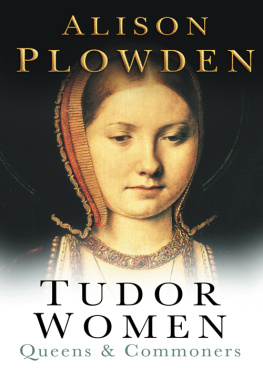
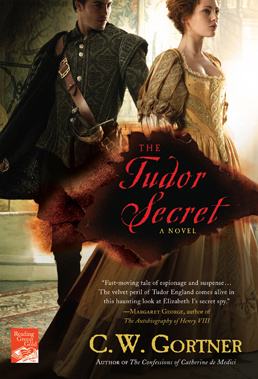

 A SOCIAL HISTORY
A SOCIAL HISTORY 

